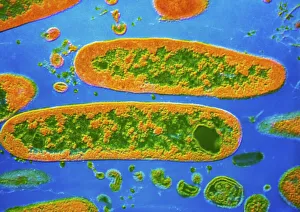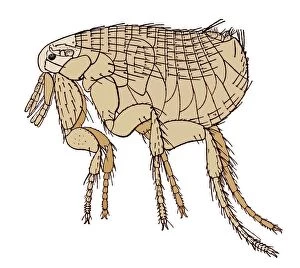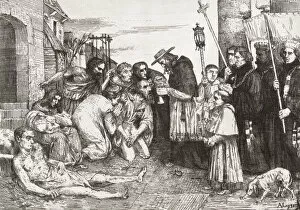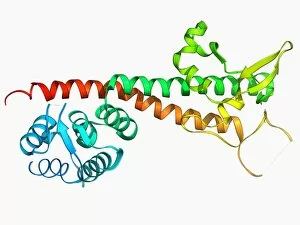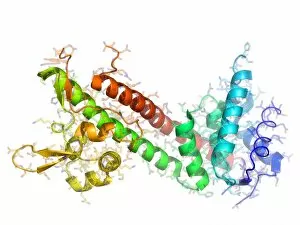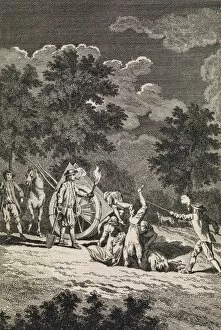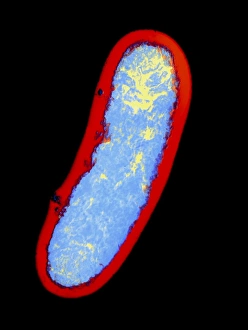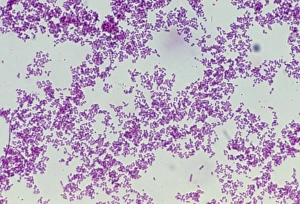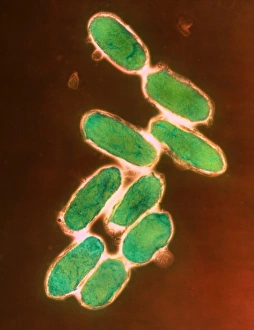Yersinia Pestis Collection
Yersinia pestis, the notorious bacillus responsible for the devastating bubonic plague, has left an indelible mark on history
All Professionally Made to Order for Quick Shipping
Yersinia pestis, the notorious bacillus responsible for the devastating bubonic plague, has left an indelible mark on history. This coloured transmission electron microscope image reveals the intricate structure of these deadly bacteria. The Black Death, symbolized by a rat flea in this artwork, swept through Europe in the 14th century with unprecedented ferocity. It claimed countless lives and forever altered societies. Alexandre Emile Jean Yersin, a Swiss-French physician and bacteriologist depicted in an illustrated portrait, played a pivotal role in discovering Yersinia pestis. His tireless efforts to understand this pathogen led him to spend much of his life in Vietnam where he is still revered today. In Rome during another outbreak of the plague, we witness haunting scenes captured by French artist Alphonse Legros. The cardinal administers last rites to desperate victims while surrounded by altar boys and priests. Naples suffered greatly from the bubonic plague as well; nearly half its population perished during one outbreak depicted in a 17th-century print by Caspar Luyken. The devastation caused by Yersinia pestis was unimaginable. Virulence factors like F006/9486 contribute to the potency of Yersinia pestis. These microscopic elements enhance its ability to infect and harm humans. Throughout history, brave individuals have risked their lives burying plague victims as shown in this engraving. Their selflessness stands as a testament to humanity's resilience even amidst such dire circumstances. Let us not forget that behind these captivating images lies an invisible enemy - Yersinia pestis itself - lurking within unsuspecting hosts and wreaking havoc on communities throughout time.

